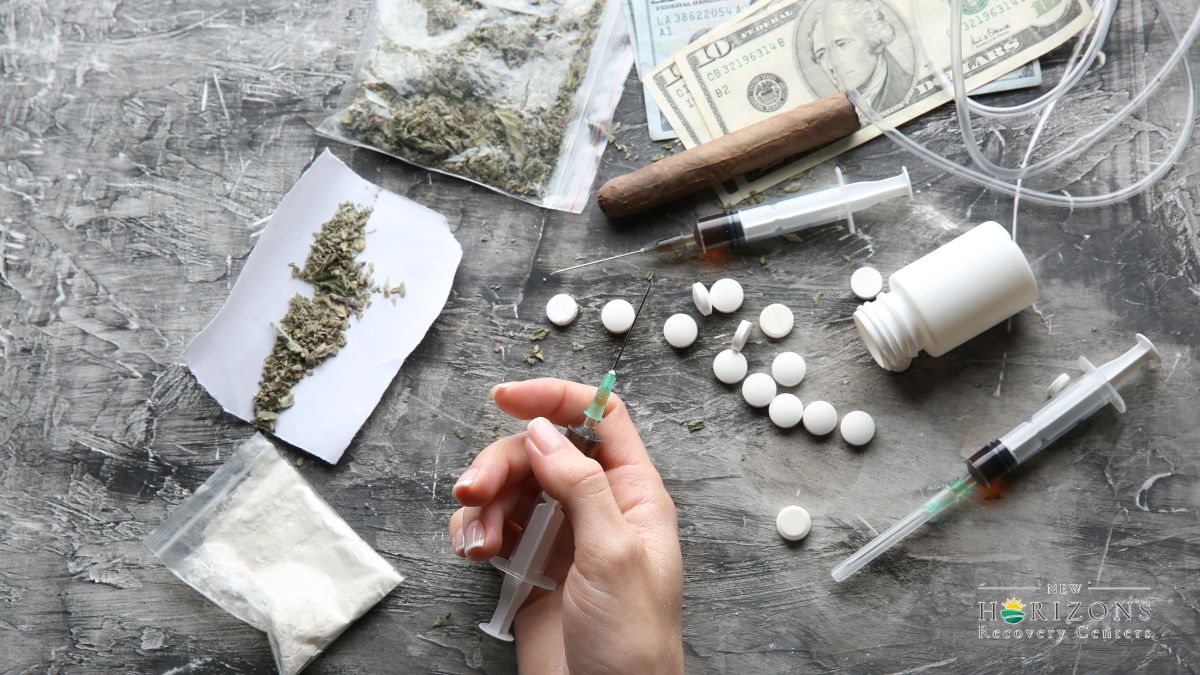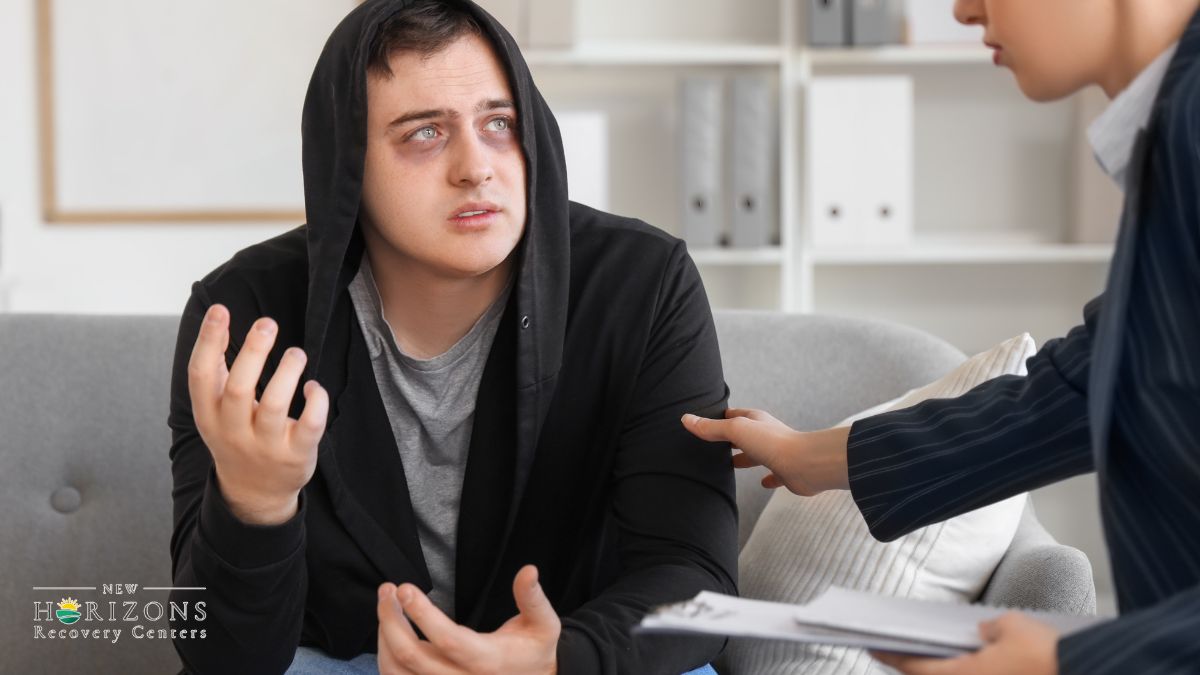Key Points:
- Modern heroin addiction recovery relies on long-term, layered care that manages cravings, strengthens coping skills, and prevents relapse.
- Medication-assisted treatment, outpatient or IOP therapy, and family involvement stabilize recovery in daily life.
- Consistent monitoring, relapse planning, and community connection make lasting sobriety more achievable.
Heroin use often leaves people feeling like every week is a test. Cravings last longer than people expect, or supply is unsafe because fentanyl keeps showing up. A heroin addiction treatment plan that continues after acute care is finished keeps recovery steady, protects against relapse, and centers the family around safety.
The sections below show how outpatient and IOP services can hold recovery in place over time.

Why Long-Term Heroin Recovery Needs a Different Plan
Heroin acts fast, and it also pulls people back fast. National data show that people with substance use disorders relapse 40 to 60 percent of the time. The current heroin addiction statistics explain why planning for risk is more realistic than ignoring it.
Heroin addiction recovery has extra challenges:
- Longer craving tail. The body settles down, but the brain still remembers the relief.
- High-risk supply. The DEA warns that heroin may be mixed with fentanyl, which makes any single relapse more dangerous.
- Stress and relationships. Family conflict, unpaid bills, or shame can push someone back to use.
Because of this, treatment for heroin addiction should look like ongoing disease management. That means scheduled sessions, check-ins, skills practice, and quick changes to the plan when cravings increase. It also means telling the family what warning signs to look for.
How Outpatient and IOP Keep Recovery Active
Outpatient and intensive outpatient care are useful after someone finishes the first phase of treatment. They keep recovery in daily life. They also match the model many centers use now.
A strong outpatient/IOP setup for heroin addiction recovery usually includes:
- Weekly or near-weekly therapy. Sessions focus on triggers, refusal skills, and coping for anxiety or depression.
- Group work. Groups are a place to admit cravings without judgment and hear how others handle sudden urges.
- Random or scheduled drug testing. Testing protects the person and gives the counselor real information.
- Case management. Help with housing, work, or school so stress does not pile up.
Outpatient care is also where we catch small changes early. If someone reports stronger cravings or contact with old using friends, the counselor can increase session frequency for a few weeks. That is the kind of small adjustment that keeps heroin addiction treatment from breaking down.
What Modern Heroin Addiction Treatment Includes Today
Modern care does not rely on talk therapy alone. It layers tools so that if one support fails, another catches it.
Core elements often used today:
- Medication-assisted treatment (MAT). SAMHSA notes that medications for opioid use disorder help reduce cravings and support recovery when they are paired with counseling.
- Evidence-based counseling. Cognitive behavioral therapy (CBT), community reinforcement, and contingency management help people choose recovery actions and get rewarded for them.
- Relapse-prevention planning. Clients name their high-risk people, places, and moods and create replacement behaviors.
- Family sessions. Families learn how to respond when the person is moody, late, or triggered.
- Peer/community connection. 12-step groups, SMART Recovery, or other mutual-help meetings provide extra weekly structure.
A sample plan inside a heroin addiction treatment center could look like this:
- Medication management: Monthly visit to adjust buprenorphine or naltrexone.
- Individual therapy: 1 time per week focused on heroin triggers and shame.
- Group therapy: 1 to 2 times per week to practice refusal and social skills.
- Family or partner session: 1 to 2 times per month to reduce conflict at home.
- Recovery tasks: Meetings, service, or exercise logged each week.
This mix treats heroin recovery as a full-life project, not a single appointment.

Heroin Addiction Treatment That Targets Relapse
How does heroin addiction treatment prevent relapse? Heroin addiction treatment works better when the plan assumes cravings will return. That way the person is never caught off guard.
Effective relapse-prevention steps:
- Identify personal relapse chain. Example: payday, call from old partner, argument, urge to use.
- Create substitution actions. Call sponsor, attend IOP group that night, or do a safe activity.
- Monitor mood and sleep. Poor sleep and isolation often show up days before use.
Modern programs also teach people how to handle social media, old contacts, and boredom. The goal is to make relapse less likely and less fatal if it happens.
How to Lower Relapse Risk in a Fentanyl Era
Even when someone uses once, overdose can happen. CDC provisional data show drug overdose deaths in the U.S. are still high, and synthetic opioids like fentanyl lead the list.
Because of that, heroin addiction help now often includes:
- Education on fentanyl contamination in heroin, counterfeit pills, and even stimulants.
- Teaching people to use recovery supports quickly after a close call instead of hiding.
- Ongoing contact from the program, especially right after discharge or during holidays.
- Linking clients to community services that check in on them. This lines up with our center’s focus on addiction recovery advocacy and ongoing support.
For families, the message is simple. Sudden mood shifts, skipped groups, or secrecy deserve attention right away. Families can call the counselor and request an extra session. That is how outpatient care keeps recovery stable.
Why Family, Service, and Community Still Work
Recovery holds longer when the person is seen and needed. Service and community roles do that.
Helpful ways to use family and community:
- Family education groups. Families learn that symptoms will come and go and that relapse is a risk, not a failure.
- Service roles in meetings. Taking attendance, making coffee, or greeting people every week creates accountability.
- Sober social calendar. Building in walks, game nights, or faith activities keeps the week full.
Heroin addiction rehab that invites families in also reduces shame because it teaches relatives what the impact of addiction on families actually looks like. When the family understands that addiction is chronic and relapse is common, they shift from blame to problem-solving.

Frequently Asked Questions
What is the most effective treatment for addiction?
The most effective treatment for addiction, especially opioid use, combines medication-assisted therapy with behavioral support. Medications like buprenorphine or naltrexone control cravings and stabilize brain function, while counseling and peer programs address emotional and social factors. Continuous, adaptive care over months produces the best recovery outcomes.
How many heroin addicts recover?
Heroin recovery rates vary, with 40–60% of individuals experiencing relapse before achieving lasting sobriety. Long-term success improves with medication-assisted treatment, consistent outpatient or IOP participation, and active support group involvement. Sustained engagement in structured care greatly increases the likelihood of stable, long-term recovery.
What addiction has the highest death rate?
Opioid addiction, particularly heroin and fentanyl use, has the highest death rate among substance disorders. Synthetic opioids cause most U.S. overdose deaths because even small doses can suppress breathing. Public health responses emphasize overdose education, naloxone access, and long-term medication-assisted treatment to prevent fatalities.
Start Heroin Addiction Treatment in Ohio and Pennsylvania Today
Heroin addiction treatment in Ohio and Pennsylvania should feel structured, responsive, and focused on keeping you alive in a changing drug supply. A modern outpatient or IOP model can manage cravings, monitor progress, bring in family, and make sure a slip does not turn into a fatal overdose.
New Horizons Recovery Centers offers evidence-based care and supportive programs that match the approach explained above. Reach out today to set up a plan that blends therapy, medication support, and community so you can stay in recovery, rebuild trust at home, and move forward at a steady pace.

-ink.jpeg)
-ink.jpeg)

-ink.jpeg)


